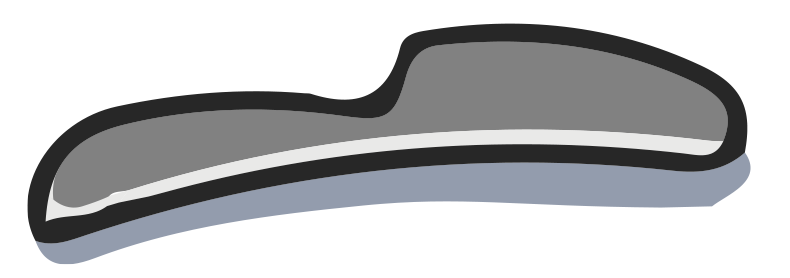Dear Tamar:
After devouring An Everlasting Meal, one of the first habits I incorporated was making my own homemade mayo. I’ve become decently efficient at it, and was looking forward to even more ease with my new immersion blender. For some reason, in spite of the chorus of food writers extolling the convenience of immersion-blended emulsions, I’ve never broken so many mayos in my life. What am I missing?
-Mayolaised in Minnesota
Dear Mayolaised in Minnesota:
Preach! I feel your pain!
The first time I blew immersion blender mayonnaise, I was a chef in Athens, Georgia. I proudly pulled out my immersion blender and produced a thin, drippy yellow sauce instead of the thick, glossy whip I was after. I actually served it to the restaurant’s owners at a menu tasting, promising to figure out mayonnaise by dinner service. (I bought Hellman’s.)
The second time I blew immersion blender mayonnaise, still a chef in Georgia, I was home for the holidays. With no small amount of braggadocio, I offered to make mayonnaise for my mother (a chef) and her business partner (also a chef). I combined egg yolks, mustard, lemon juice, water, salt, and oil in a container, immersed my blender…and produced another batch of thin aqueous matter. I turned to the solution that had served me so well in the past (Hellman’s.)
The third…but there was no third time. I went to cook at Chez Panisse, where we made mayonnaise with a whisk. I never touched an immersion blender again. My first impulse in replying to you was to direct you to follow my lead: Run! Run to your bowl and whisk! Drop the immersion blender and run!
But I won’t. I’ve been captive to the same fear as you for too long. And neither of us should spend another day shackled to superstitious avoidance.
I thought back to how my two mayonnaises had gone awry. The blender head never seemed actually immersed. Really, it was a non-immersion blender, I guess…
I’ve read this article by J. Kenji López Alt about making immersion blender mayonnaise a dozen times. I am now convinced our unsuccessful mayonnaises were products of non-immersion. I quote the relevant bit below:
Some people have reported that the mayonnaise never comes together when blending. The number one problem I've discovered is using the wrong-sized vessel. It is imperative that the vessel be just slightly larger than the head of the immersion blender, as the egg/lemon mixture must be in contact with the blades of the blender before you switch it on for this to work. The head of the blender must be firmly planted against the bottom of the jar until the mayonnaise starts to come together. If you can't find a jar the right size, the other option is to double the recipe in order to increase the starting volume of the egg/lemon mixture.
As soon as I’d read that description, I was satisfied. I suggest what he says: find a vessel that just fits your heretofore-non-immersion blender. Or try making a double batch, or even a triple one—which means lots of mayonnaise. If you use a blender, you must also use part-vegetable oil, because blades make olive oil harsh tasting. So if you want a small amount of mayonnaise, and want to use olive oil, go back to the whisk—driven not by fear, but informed choice.
Dear cook, thank you. I, too, have been mayolaised—using my whisk and bowl as crutch, side-stepping anything more modern. No longer! Let our mayolaise lift like the birds on whose eggs our mayonnaises rely.
Cook’s notes:
I’ve heard from Incompetent in the Kitchen, whose letter I answered last week. They thanked me and told me they’d also realized their pots and pans etc. were depressing, and they’d begun to rectify the situation. They’d already bought a Le Creuset Dutch oven, and wanted a longer list of what to look for.
I sent them this article I wrote on knives, and, to the figurative margins of last week’s column, I add the below—a brief directory of useful cooking tools:
A boiling pot that fits two lbs of pasta, or a whole chicken—this can be a Dutch oven, or a different pot;
A little pot for boiling one or two eggs;
A 12-inch cast iron or steel sauté pan;
1-2 half sheet trays;
A big mortar and pestle;
A big cutting board—so chopped vegetables aren’t always rolling off it;
A sharp knife with an 8-inch blade;
A big metal colander, a handheld sieve, lots of spoons, and a set of tongs;
A grater—microplane or box;
A peeler.
There are more things, but I think it makes sense to have at least those, and make sure they’re sturdy and large enough to really use. This is a matter of self-respect, and is as integral to cooking as seeing and tasting and smelling.




